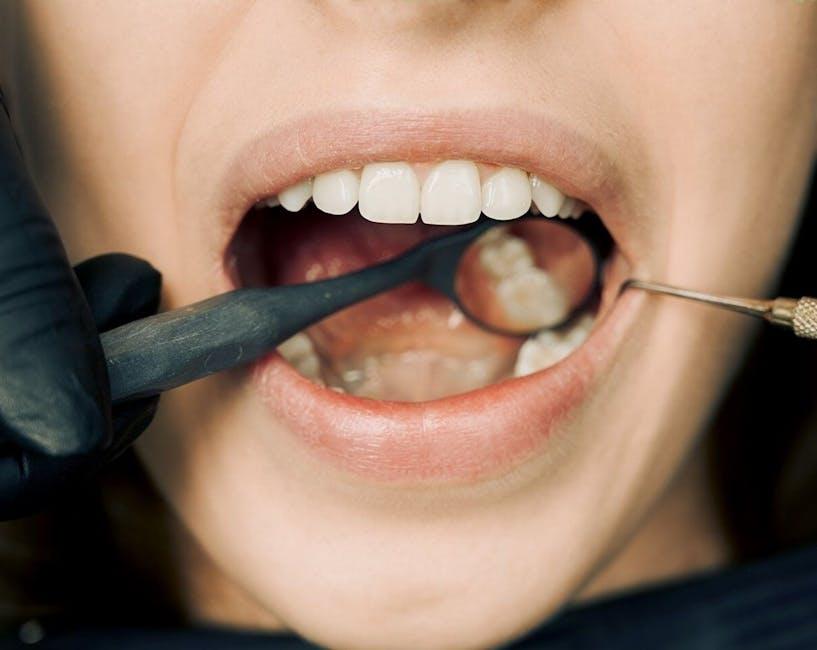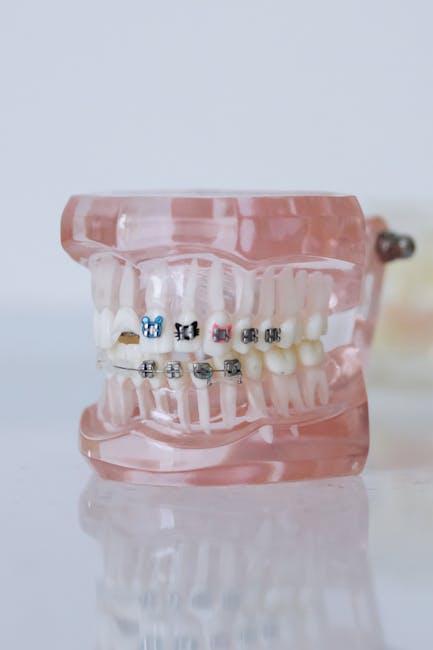
Dental Abscess: Practice Essentials, Pathophysiology, Etiology – Medscape Overview
Dental abscesses are one of the most common and painful oral health emergencies dentists encounter. Rooted in infections within the tooth and surrounding tissues, these abscesses require prompt diagnosis and effective treatment to prevent serious complications. This article delves into the practice essentials, pathophysiology, and etiology of dental abscesses, synthesizing trusted information based on Medscape and current dental literature.
What Is a Dental Abscess? – Practice Essentials
A dental abscess is a localized collection of pus caused by bacterial infection, usually secondary to tooth decay, periodontal disease, or trauma. The accumulation of pus in the pulp chamber, periodontal ligament, or the alveolar bone leads to swelling, pain, and often systemic symptoms.
Types of Dental Abscesses
- Periapical Abscess: Originates at the root tip due to necrotic pulp infection.
- Periodontal Abscess: Involves the supporting structures of the teeth like gums and bone.
- Gingival Abscess: Confined to the gum tissues, often caused by foreign bodies.
Key Clinical Features
- Severe localized toothache with throbbing quality
- Swelling of gums or face
- Sensitivity to hot or cold stimuli
- Fever and general malaise in advanced cases
- Visible pus discharge or fistula formation in some cases
Pathophysiology of Dental Abscess
The pathophysiology of dental abscesses follows a complex interplay between bacterial invasion, host immune response, and local tissue destruction.
Stages of Abscess Formation
- Initiation: Entry of oral pathogens, typically anaerobic bacteria, into the dental pulp or periodontium due to caries or injury.
- Colonization and Infection: Bacteria proliferate within the necrotic pulp or periodontal pockets, releasing toxins and enzymes.
- Tissue Necrosis & Inflammation: Host’s immune response triggers inflammatory cell infiltration, causing swelling and pain.
- Abscess Formation: Pus, composed of bacteria, dead cells, and immune cells, encapsulates in the affected region.
- Spread or Containment: Without intervention, infection may spread to adjacent tissues or systemic circulation, potentially leading to cellulitis or sepsis.
Common Bacterial Culprits
The abscess is usually polymicrobial with primarily anaerobic bacteria:
- Streptococcus species: e.g., Streptococcus mutans, Streptococcus anginosus group
- Prevotella and Porphyromonas: anaerobic gram-negative rods found in periodontal abscesses
- Fusobacterium species – involved in tissue necrosis
Etiology: Causes and Risk Factors
The formation of a dental abscess usually involves a combination of local factors and systemic predispositions.
Primary Causes
- Dental Caries (Tooth Decay): Most common cause—deep cavities allow bacteria to invade the pulp chamber.
- Pulpal Trauma: Fractured or cracked teeth expose inner tissues to infection.
- Periodontal Disease: Poor oral hygiene leads to gum inflammation and pocket formation that harbor bacteria.
- Failed Dental Restorations: Poorly fitted crowns, root canals, or fillings can create entry points.
- Impacted Food Particles or Foreign Bodies: Can induce gingival abscess formation.
Risk Factors
- Inadequate oral hygiene
- Diabetes mellitus and other immunocompromised states
- History of previous dental abscesses
- Smoking and tobacco use
- Poor access to dental care
Clinical Diagnosis and Investigations
Early diagnosis of dental abscess is vital to reduce complications such as cellulitis, osteomyelitis, or systemic infection.
Diagnostic Tools
- Thorough dental and medical history review
- Physical examination including palpation and percussion tests
- Radiographic imaging: periapical X-rays and panoramic radiographs are essential
- Pulp vitality testing to assess tooth viability
- Microbial culture and sensitivity tests in complicated or persistent cases
Treatment and Management Strategies
The cornerstone of dental abscess management involves eliminating the infection source, drainage of pus, and supportive care.
Conventional Treatment Approach
- Drainage: Incision and drainage of abscess to relieve pressure and remove pus.
- Antibiotic Therapy: Commonly prescribed when systemic involvement or spreading infection is present.
- Definitive Tooth Treatment: May involve root canal therapy or extraction depending on severity.
- Pain Management: NSAIDs or acetaminophen for symptomatic relief.
- Oral Hygiene Education: Prevention through daily dental care routines.
Prevention: Tips for Avoiding Dental Abscesses
- Maintain regular brushing and flossing habits
- Routine dental check-ups every 6 months
- Limit sugar-rich food and drinks
- Treat dental caries and restorations promptly
- Address gum disease early with professional cleaning
Case Study: A Real-World Dental Abscess
Patient: 34-year-old male presents with severe throbbing pain on lower right molar and swelling on the jaw.
Diagnosis: Periapical abscess confirmed via radiograph showing radiolucency around apex of tooth #30.
Treatment: Initiated with antibiotic therapy (amoxicillin-clavulanate), followed by incision and drainage. Root canal therapy completed after pain subsided.
Outcome: Full resolution of symptoms with no recurrence after 6 months.
Comparison Table: Types of Dental Abscesses
| Type | Location | Common Causes | Treatment Approach |
|---|---|---|---|
| Periapical Abscess | Root tip of tooth | Untreated dental caries, pulp necrosis | Root canal therapy, drainage, antibiotics |
| Periodontal Abscess | Periodontal pockets and gums | Chronic periodontitis, plaque buildup | Deep cleaning, drainage, antibiotics |
| Gingival Abscess | Gums only | Foreign body impaction | Removal of irritant, drainage |
Conclusion
Dental abscesses represent a serious dental infection requiring swift clinical attention. Understanding the practice essentials, pathophysiology, and etiology enables dental professionals to diagnose and manage these infections effectively. For patients, maintaining consistent oral hygiene and timely dental visits are key preventive measures. By combining evidence-based treatment and patient education, the burden of dental abscesses and their complications can be significantly minimized.
If you experience tooth pain, swelling, or other symptoms suggestive of an abscess, seek professional dental care promptly to ensure the best outcomes.


